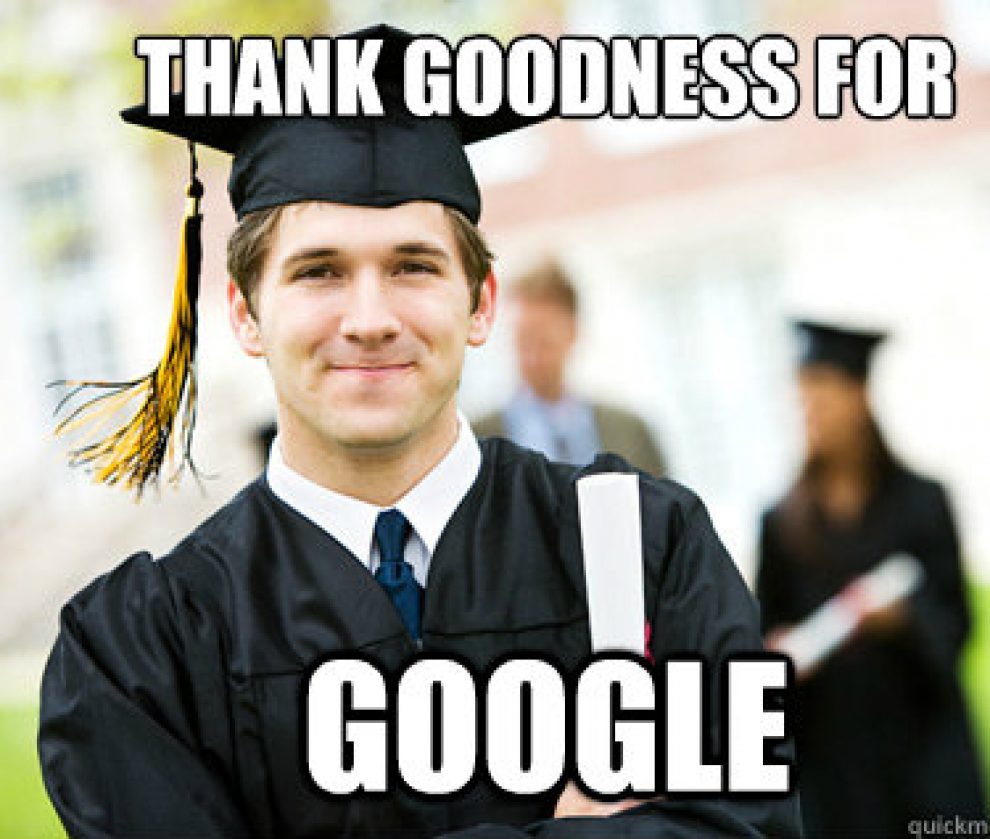This post is in continuum of my previous post, Rhetorical Research Report Strategies.
For my next research excavation, I am conducting my research on the development of biological sciences and chemistry curriculum at institutes of higher education. I have found that there has been little change in the course structuring universally in the last thirty years, and because of this I have had to adjust my research strategy to focus less on the history/development of the science program, and more on the call to action and proposals for reform. This is a common move in rhetorical research, as “rhetorical reading strategy requires the writer to discover what is worth writing about and to decide how to say it as or after they read their sources. The strategy requires writers to change their content goals and to adjust their writing plans as their understanding of the topic develops” (Kantz 80).
With this change comes the possibility of creating gaps in my writing. Because I was previously writing about the development of my topic, and now I am entering a current ongoing conversation about it, this leaves room for gaps in my research. Gaps may occur in three ways:
- When a reader is not a member of the author’s intended audience
- When a reader disagrees with or does not understand the text
- If the writer has misrepresented or misunderstood the material
The first two scenarios are very relevant with my research. Because my topic is solely about the sciences, and more specifically biology and chemistry, it narrows the audience interested in my research findings. In addition, I’m sure there are many who may not understand the need for reform, or those who think reform is unnecessary. It is my job as the author to be as forthcoming and honest with my audience as possible, and to include as much of the subject matter as I can.
Kantz states that in order to discover gaps, students may need to learn to think of the paper as an opportunity to teach someone, to solve someone’s problem or to answer someone’s questions of “Why?” “How?” and “So what?” It is at this point in which Kinneavy’s triangular diagram of the rhetorical situation becomes eminent. It’s three corners consist of the Encoder (the speaker/writer), the Decoder (the audience), and Reality (content). By asking questions of my sources using the triangle, I can look to fill the gaps that have been created, and drive a point home by making and supporting a claim that transitions from one point in the discussion to the next.
Rhetorical reading leads to discoveries about the text, and so new questions can be formed and original ideas procured, and the conversation can continue.
-FH
